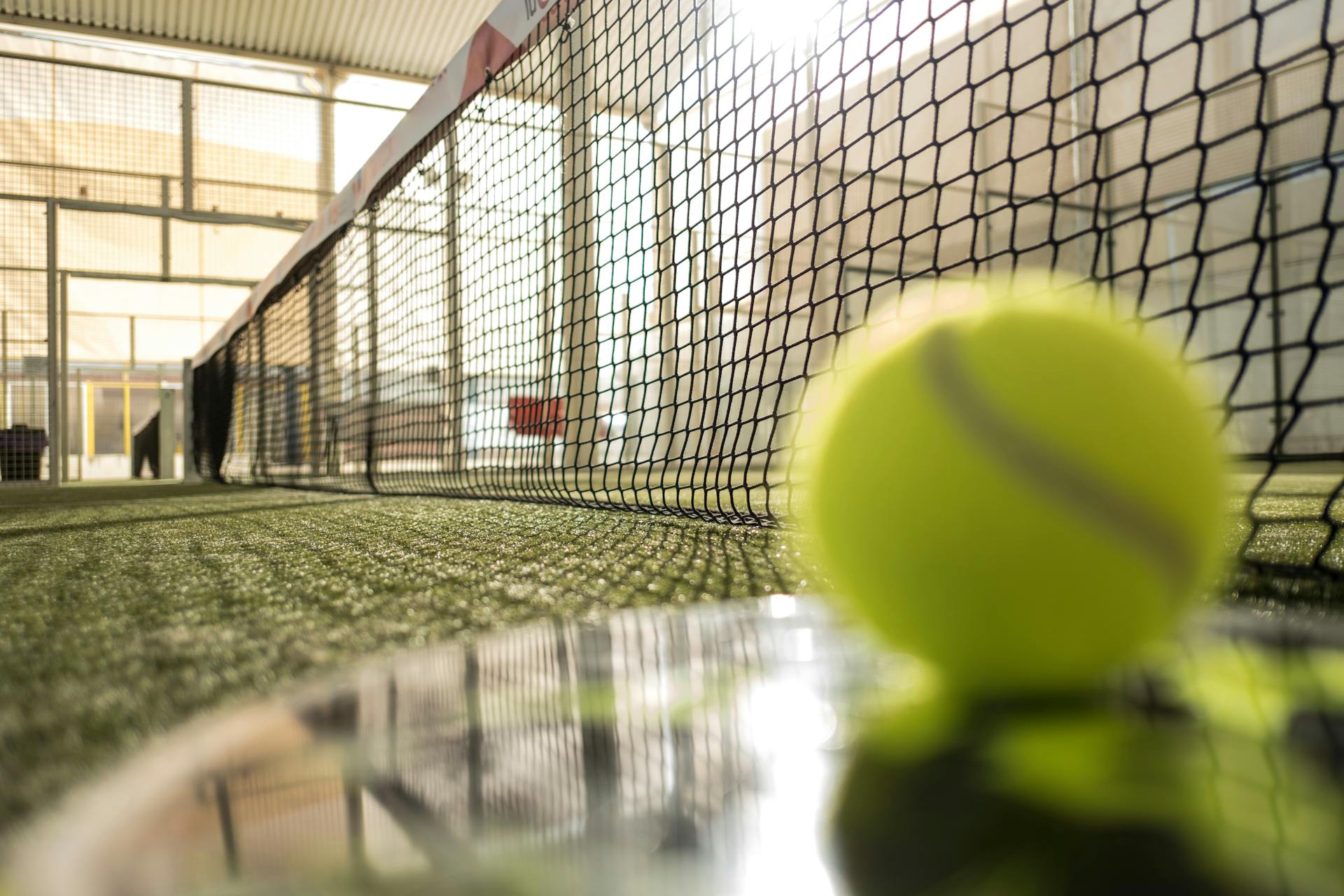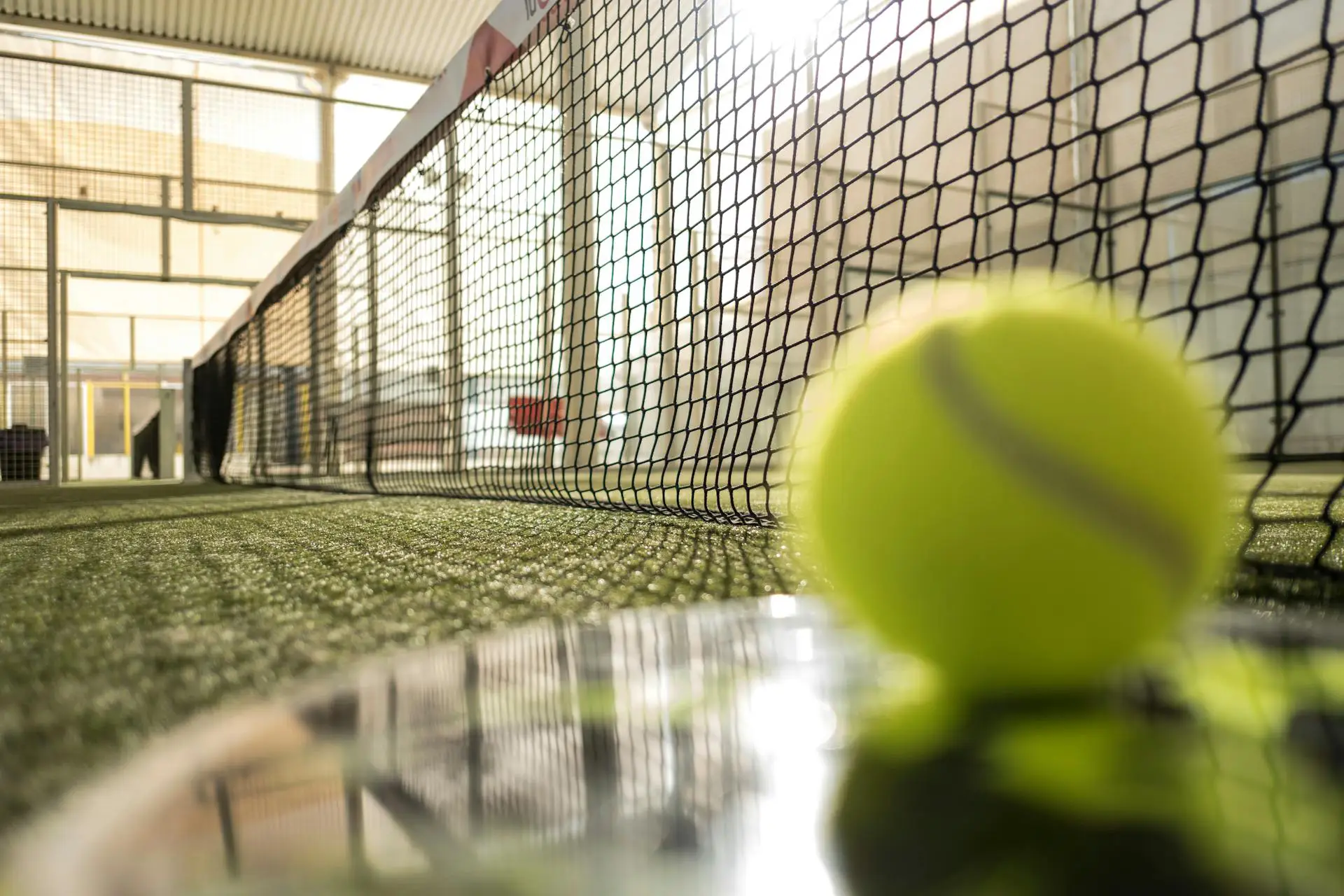
Navigating Success: Key Considerations When Opening a Padel Club
Venturing into the world of Padel Clubs is an exciting prospect, offering ample opportunities for growth and success. However, before diving headfirst into this endeavor, it's essential to tread carefully and consider several critical factors that can impact the success of your Padel Club.
Market Research and Location Analysis: Conduct comprehensive market research to understand the demand for Padel in your area. Assessing the demographics, existing competition, and potential customer base is crucial. Moreover, the location of your Padel Club plays a pivotal role. Seek areas with high foot traffic, accessibility, and sufficient space for the courts.
Example: If you find that there's a growing interest in racquet sports in your city, especially among younger demographics, it might be an ideal time to capitalize on this trend by establishing a Padel Club.
Financial Feasibility and Budgeting: Develop a detailed business plan outlining your financial projections, initial investment costs, operational expenses, and revenue streams. Consider construction costs, court maintenance, staffing, marketing, and other overheads. It's vital to have a clear understanding of your financial commitments and projected returns.
Example: If you consider renting out a padel court as a primary revenue stream, take the average hourly rate for renting a court at your location, multiply it by the number of hours your facility would be open to the public; multiply that by the amount of days you expect your facility to be open throughout a year.
That will get you the idea of the maximum revenue a single court might potentially generate. However, keep in mind the local and seasonal specifics, and remember that real occupancy might be lower than 100% during the first years in business.
Facility Design and Amenities: The design and amenities of your Padel Club significantly impact customer satisfaction. From court quality and lighting to comfortable viewing areas and locker rooms, a well-designed facility enhances the overall experience for players and spectators alike.
Marketing and Branding Strategies: Develop a robust marketing plan to create awareness and attract members. Utilize social media, local advertising, partnerships, and promotional events to establish your Padel Club's presence in the community.
Example: Engage with local schools or businesses to organize introductory Padel sessions or sponsor local tournaments to boost visibility and attract potential members.
Risks to Consider:
Regulatory Challenges: Regulatory hurdles or zoning restrictions could pose challenges during the establishment of your Padel Club. Ensure compliance with local laws and regulations regarding sports facilities and construction.
Seasonal Variability and Demand Fluctuations: Padel may experience seasonal fluctuations in demand, affecting revenue. Consider strategies to mitigate this, such as offering indoor courts or diversifying services to maintain income during slower periods.
In conclusion, while the prospects for a successful Padel Club are promising, meticulous planning and strategic decision-making are paramount. Understanding the market, financial implications, facility design, and effective marketing strategies are key elements in paving the way for a thriving Padel Club.
Bespeak a consultation with a PATH Padel Courts expert - we'll be glad to help!

Contact Us
Ask a question, discuss your project with an expert, or request a quote.